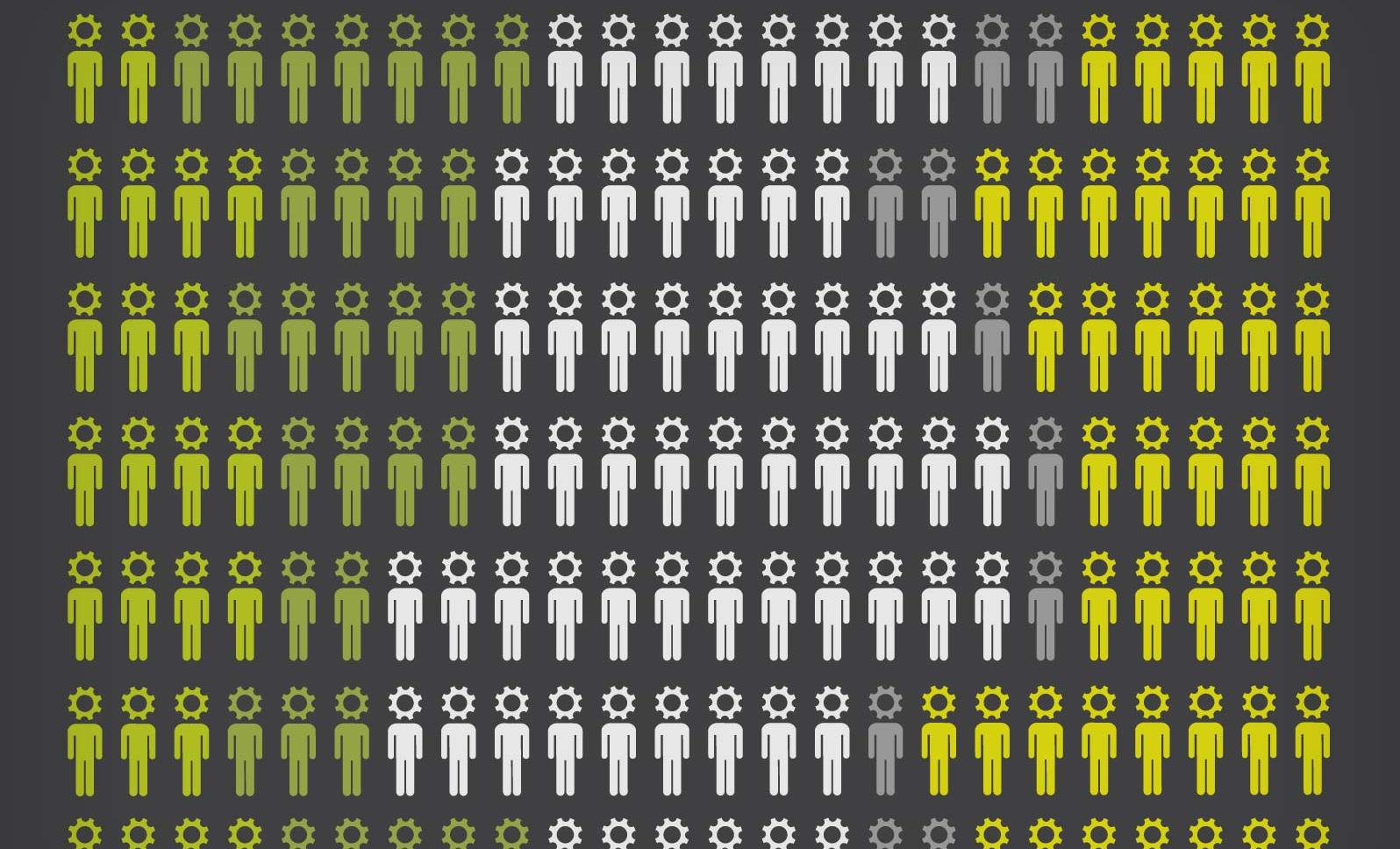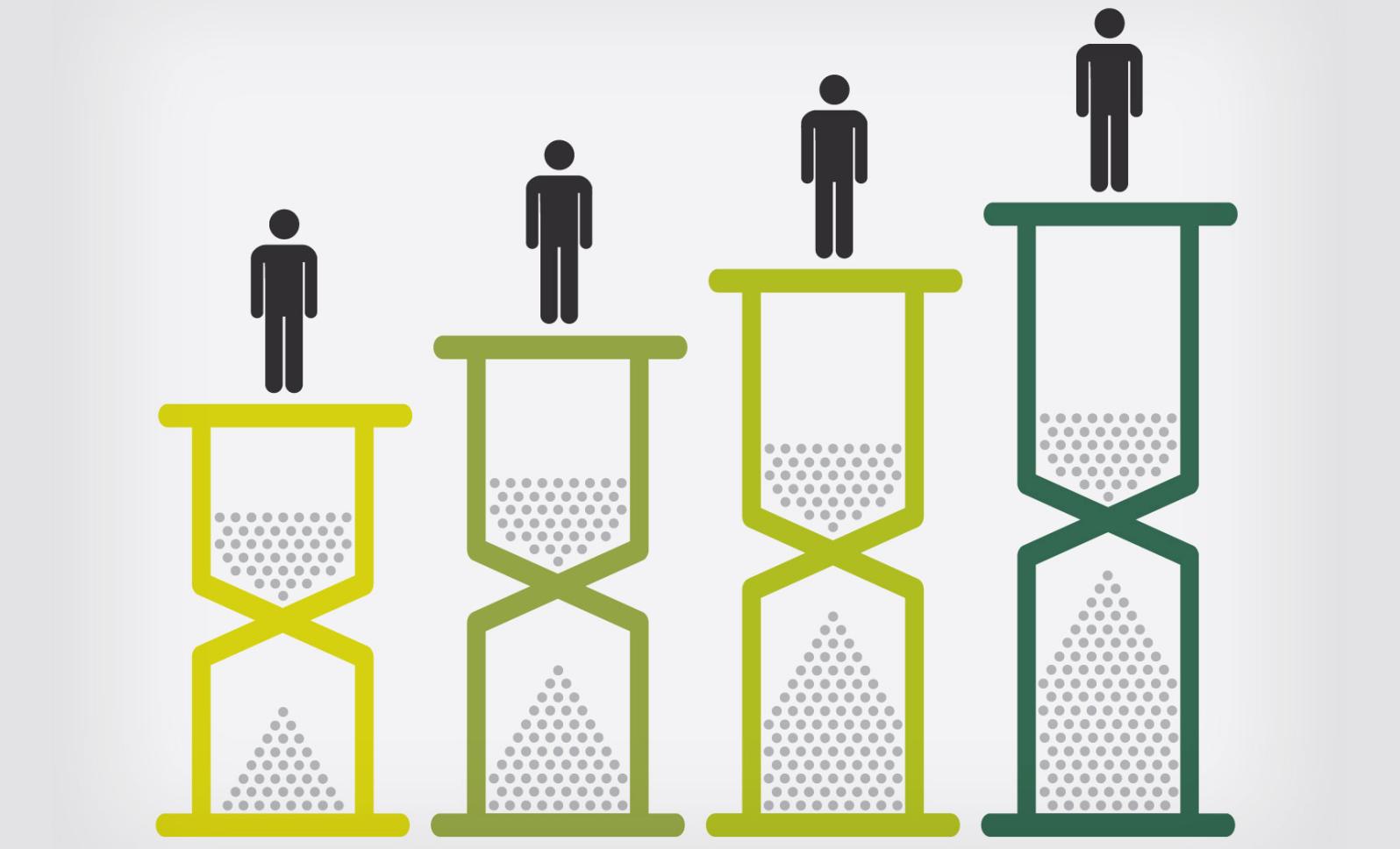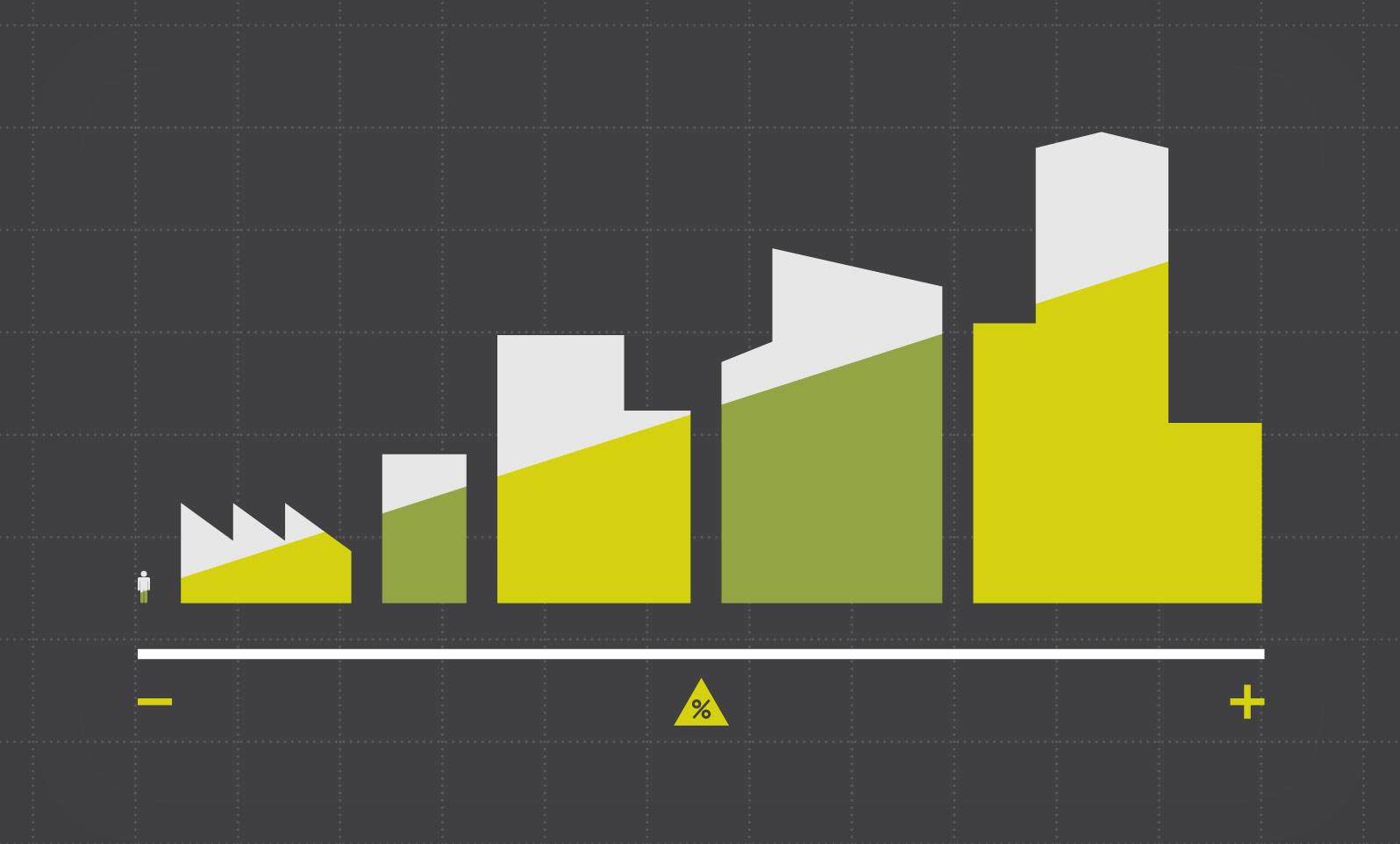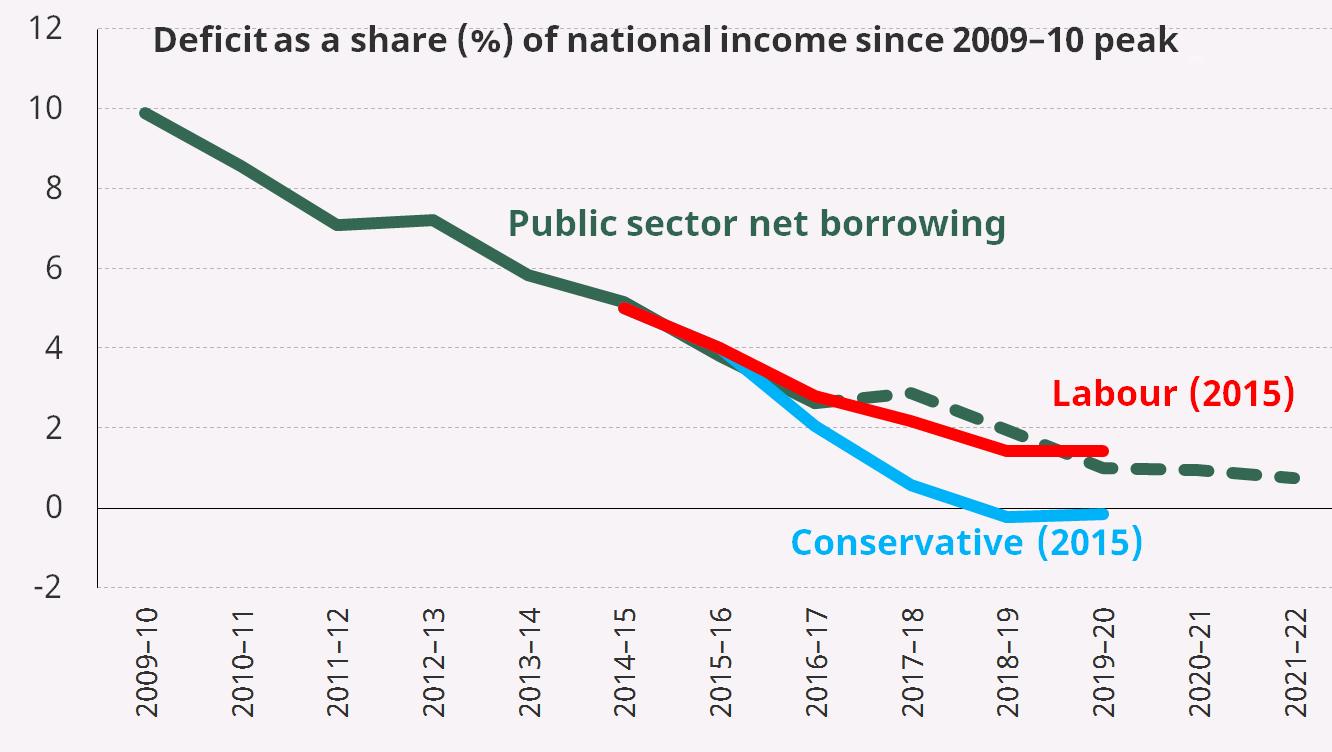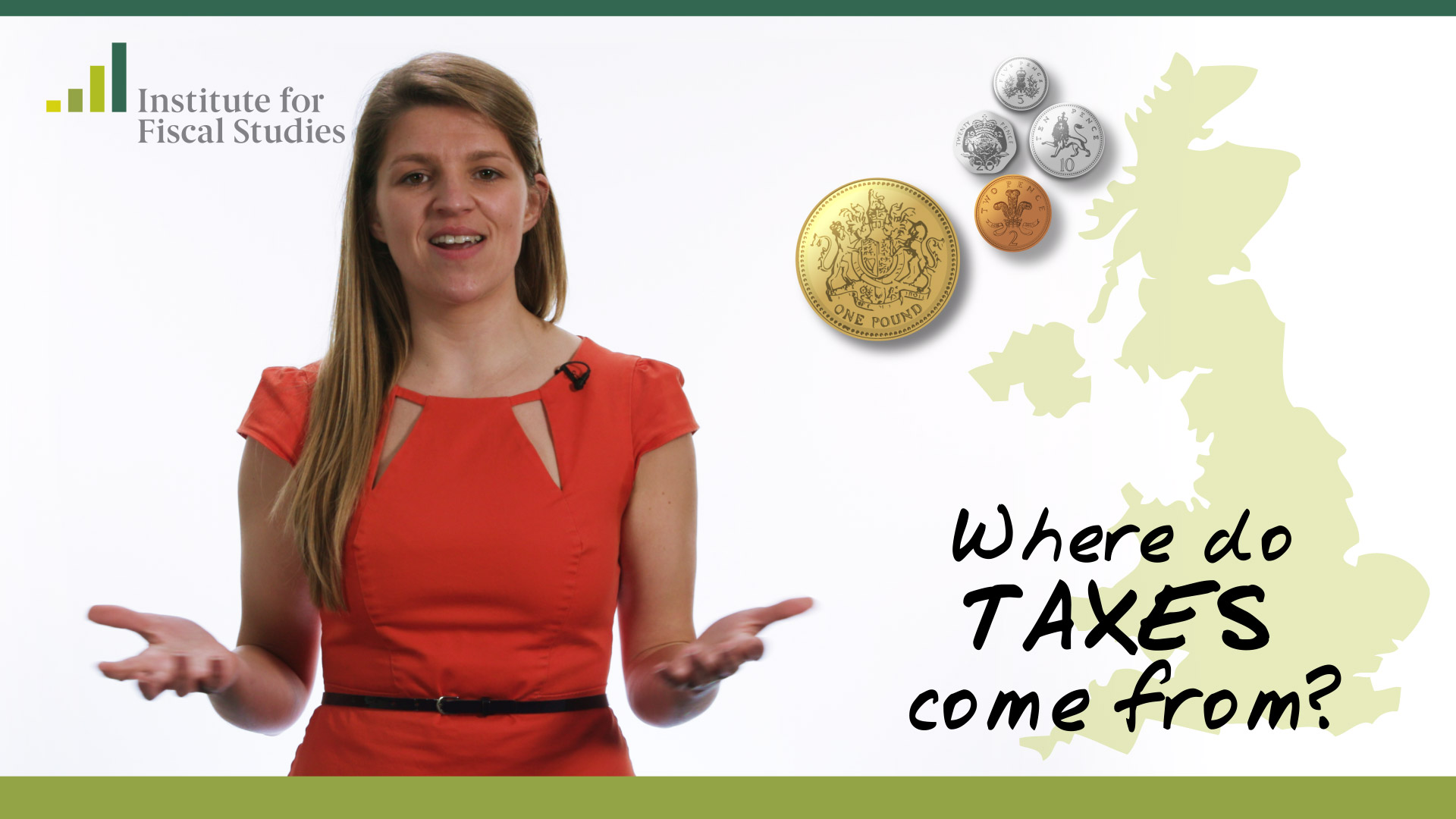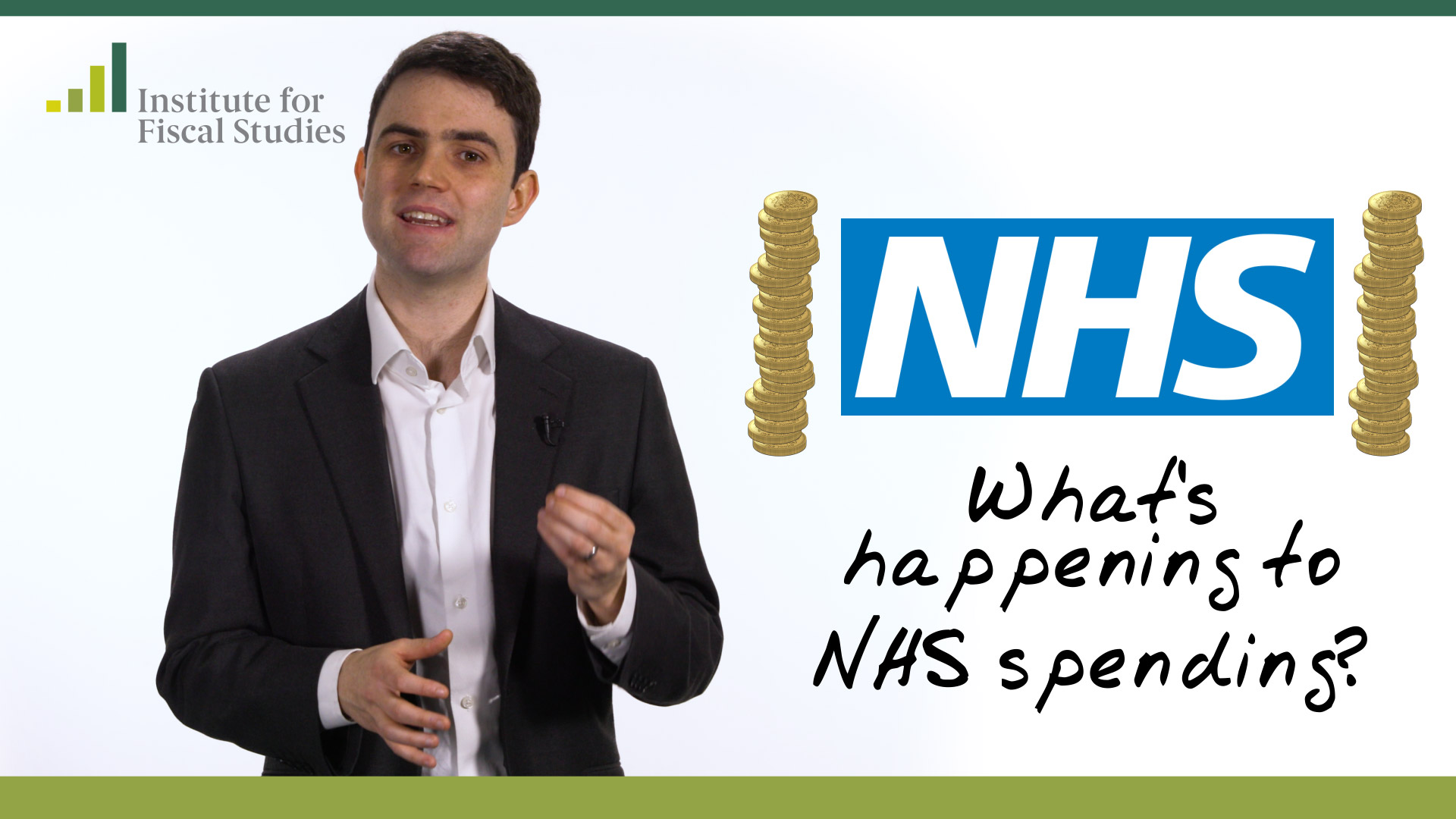Yesterday’s leaked Labour manifesto included a commitment to scrap tuition fees. This follows their previously announced plans to bring back maintenance grants for the poorest students. Both would represent a major reversal of the last 20 years of Higher Education (HE) policy. These proposals increase the upfront government contribution to HE by £1 billion compared to the current system. However, these policies would increase the government deficit by around £12.7 billion, of which £11 billion is from scrapping fees, because loans made to students don’t add to the deficit. The forecast long-run cost is lower, at around £8 billion, because a significant proportion of student loans are not expected to be repaid. In this observation, we highlight the expected short-run impact on the public finances, the impact on graduates and the wider policy implications. We focus on the impact in England because Higher Education is devolved; however, the Barnett formula would add to the cost of this policy.









